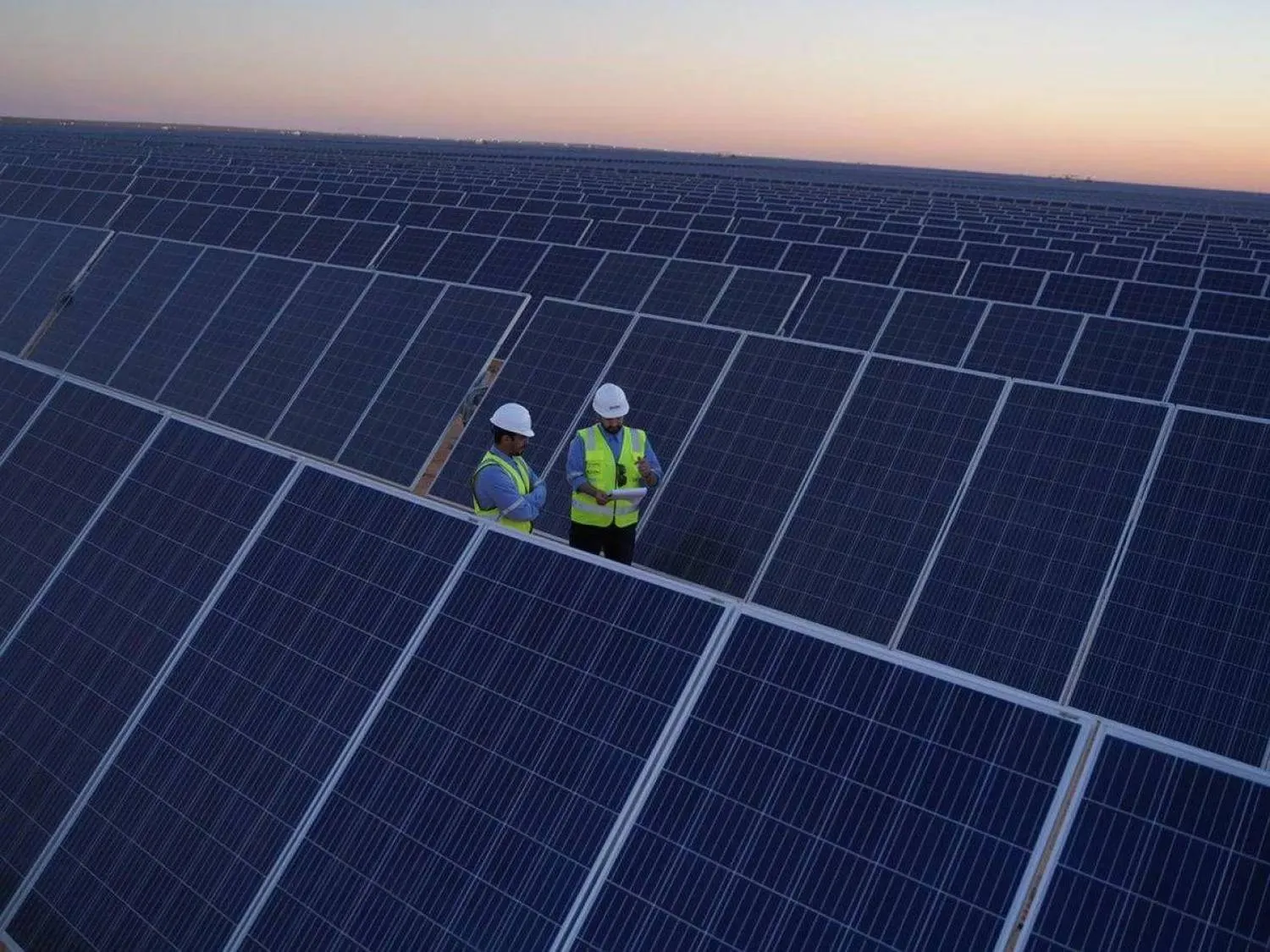Al-Amar mine - one of the main gold mines in the Kingdom – produces around 350,000 tons of minerals annually. It has also generated 580,500 ounces of gold from 2008 until the end of 2021.
As part of the activities of the International Mining Conference, which will kick off next week, the Ministry of Industry and Mineral Resources organized a field tour to the mine, which is 195 km southwest of Riyadh and is located geologically at the eastern edge of the Arabian Shield.
During the tour, which was attended by Asharq Al-Awsat, the ministry pointed to traces of furnaces and piles not far from the pits and trenches.
The visitors also saw crushed rocks, from which copper and gold are obtained by sifting. In addition to gold and zinc present in commercial quantities, other minerals include silver, copper and lead, in minor or small quantities. The minerals are concentrated in the Northern Erg range.
The president of the Saudi Geologists Association, Dr. Abdulaziz bin Laboun, told Asharq Al-Awsat that the global need for mining would double seven times in the coming years, stressing that the Kingdom had great opportunities to meet the international demand and attract foreign investments.
For his part, the head of the National Committee for Mining in the Federation of Saudi Chambers, Ibrahim Nazer, told Asharq Al-Awsat that foreign investment depended on the confidence of investors and the stability of systems in the country, pointing to the Kingdom’s efforts to improve its related legislation and facilitate access to licenses.
The International Mining Conference, which will be held on Jan. 11-13, seeks to unveil promising opportunities in the Kingdom and the regions of the Middle East, Central Asia and Africa.
Saudi Arabia owns about 140 oil and gas fields, in addition to the Arabian Shield, which occupies a third of the Kingdom’s area, standing at about 630,000 km.









